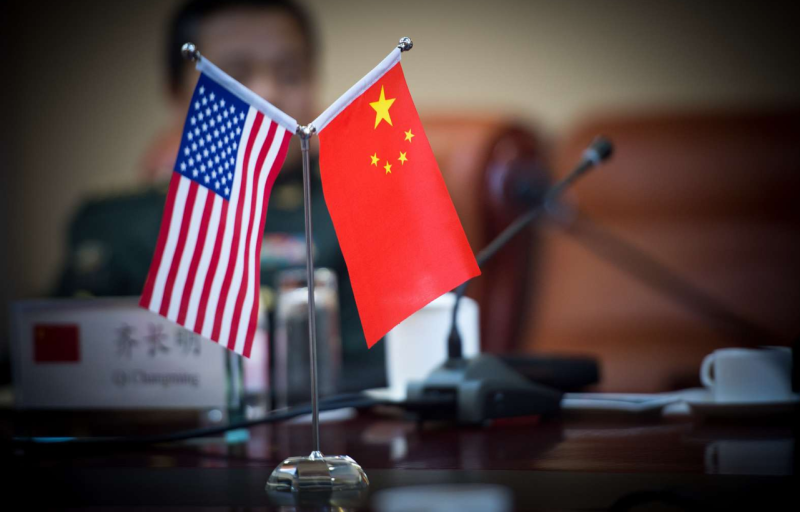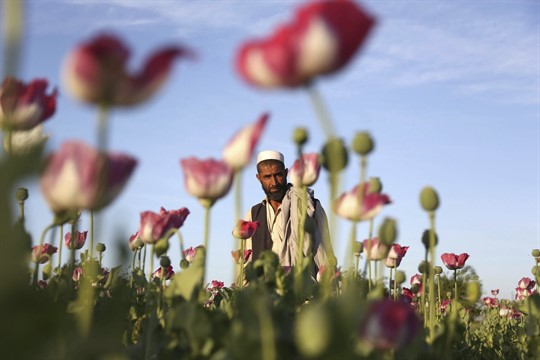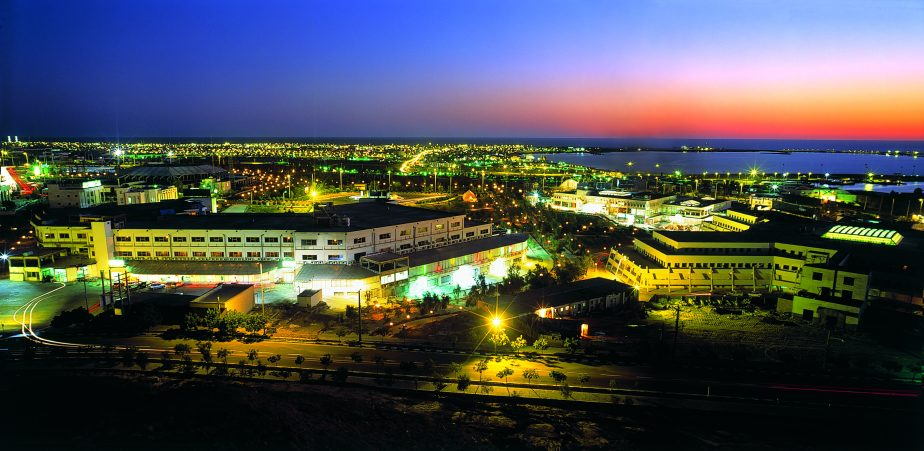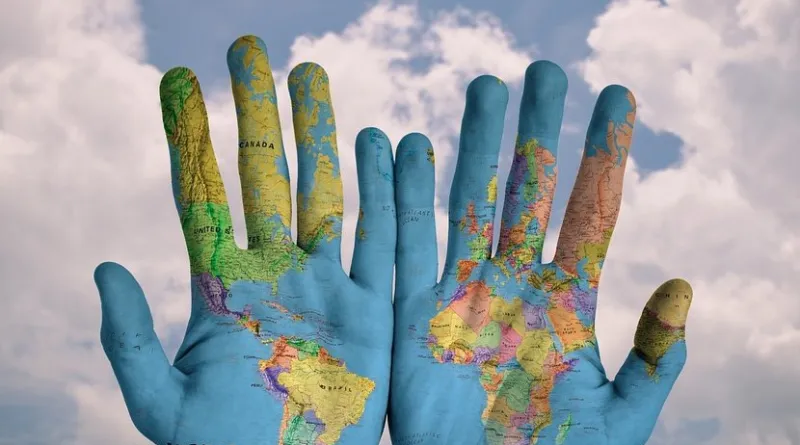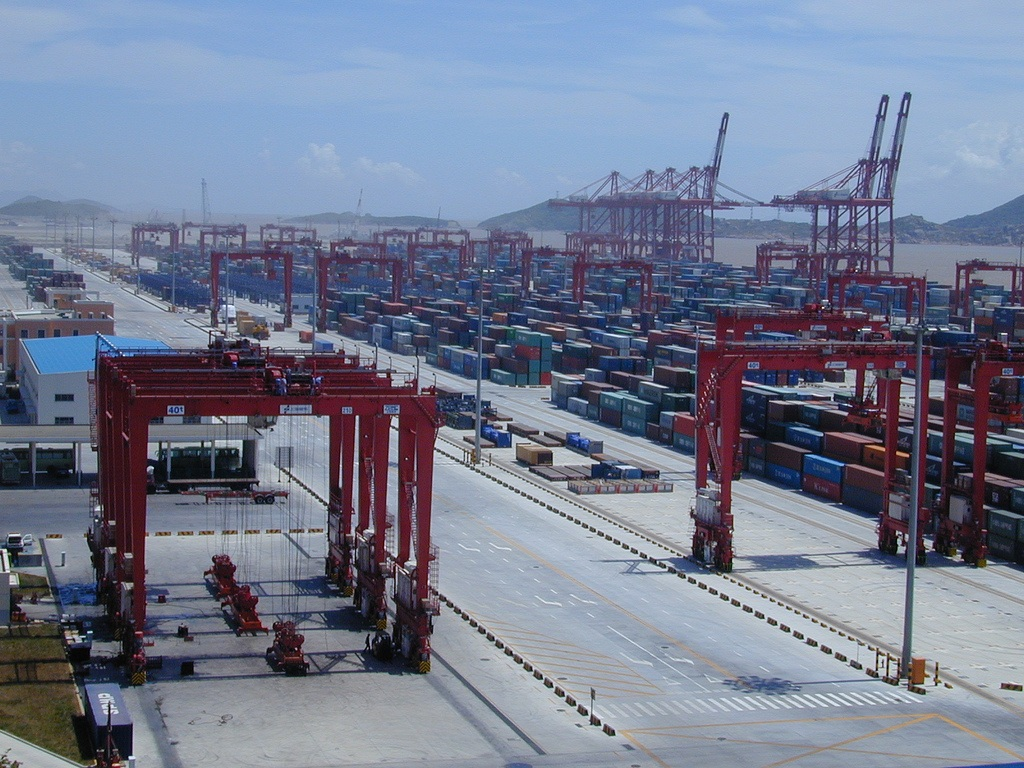G7 Countries Have a Plan to Counter China’s Belt and Road Initiative (BRI)

At the recent G7 Leaders’ Summit in Germany, Western leaders formally launched a global infrastructure and investment partnership, largely designed to compete with China’s Belt and Road Initiative (BRI).
Since its launch in 2013, BRI has been marred by criticism of unsustainable infrastructure projects in some recipient countries—from debt traps to environmentally degrading and democracy eroding projects.


